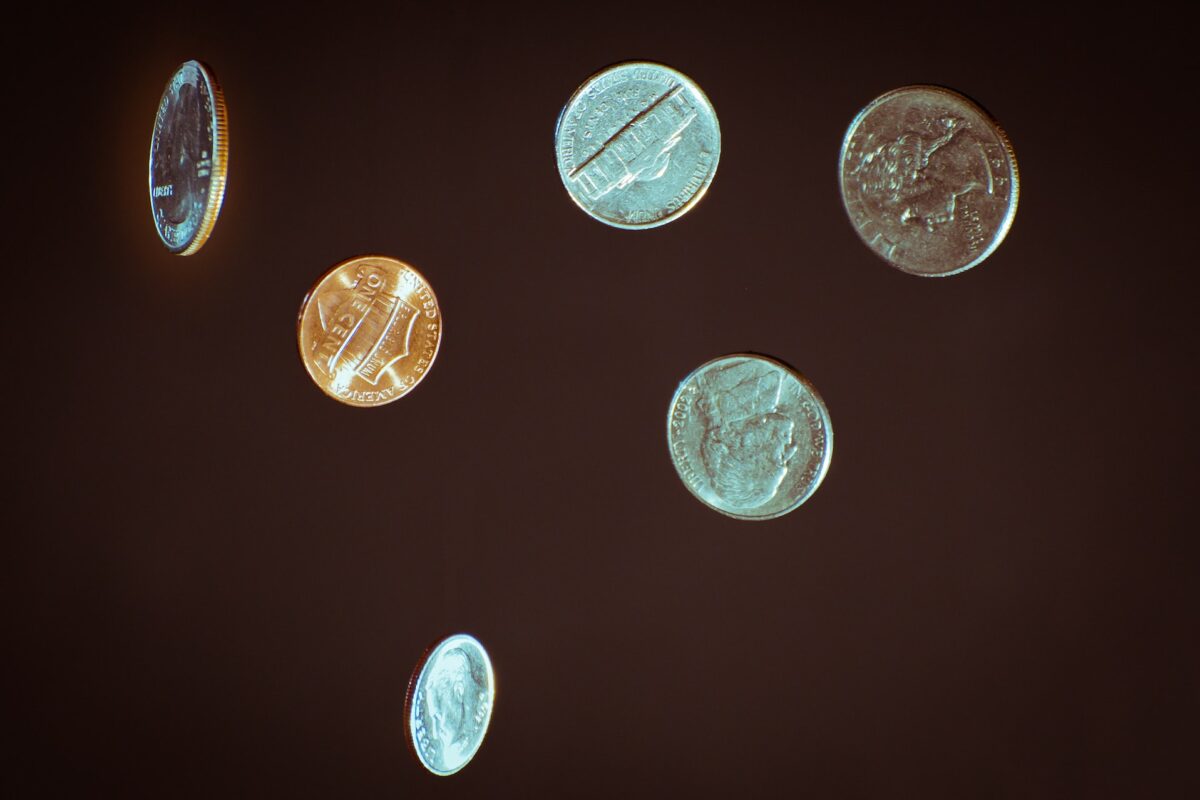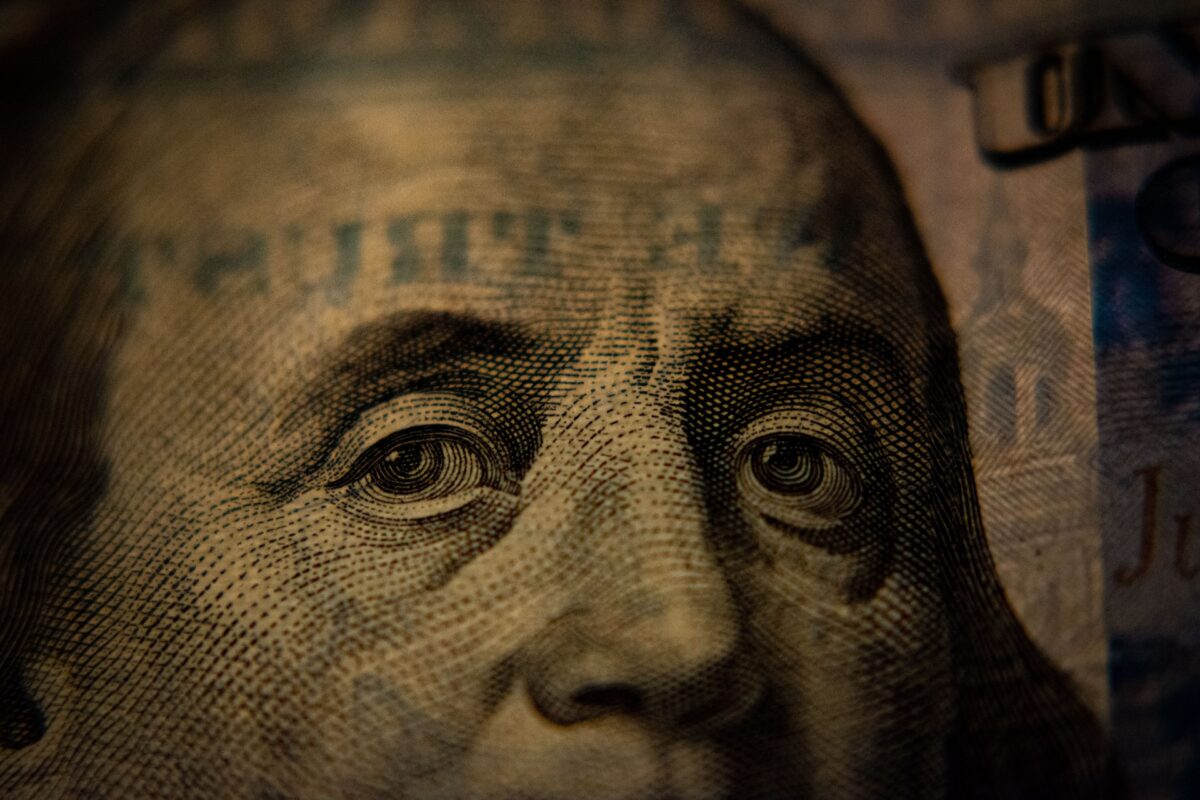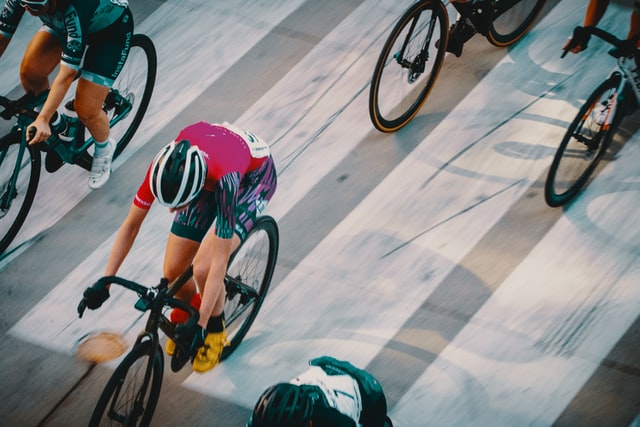In an economic downturn, there may be a tendency to give up on new ideas and thinking, and just hunker down, until the worst is over. But, what if this is really our chance to examine new possibilities? If freaking out doesn’t make your numbers improve (and – at this point – you can lead a consumer to your product, but you can’t make her buy), what might happen when you use that brainwave space to identify and integrate consumer trends you never actually noticed before? Perhaps amazing things.
Take Reena Jana’s quick hit Businessweek article and video with David Rockwell, architect/branding expert/set designer, as an example. He commented on hotel design, which has been on my mind a bit lately too. One of Rockwell’s thoughts: what about holding cooking classes in hotel kitchens? Such design thinking is worth a little hotelier attention these days, given the convergence of trends in staying home, cooking more, and being with family. What else, physical space or otherwise, is primed for such “transformability,” as Rockwell called it?
Cooking classes in a hotel kitchen could serve consumers and add value on so many levels – but without this “what now” sense of doom we feel, such ideas might never surface. Given extreme limitations, creative thinking is forced to be that much more bold, even as the solutions become more streamlined.
Here’s another example of transformability, in my mind: Consider how Subaru is handling the current “discount” season, with their “Share The Love” philanthropic campaign. Rather than promoting money-back at loan signing or one of the other typical year-end strategies for a car dealer, they kept within the tight parameters, learned more about their consumers and thought quite differently. What their research found was that a charitable donation would very much resonate with the types of people who’d be considering a Subaru buy right about now.
Inspiring customers into a car purchase during a downturn, and doing good at the same time? Wow. A tried and true, established auto industry tradition turned on its ear – transformed! Without an extreme impetus to fill a void of ideas in a difficult consumer environment, such a concept might never have surfaced.
One last thing – my gender agenda for this post: First, consider what your brand has done with women in mind lately (and possibly named or pitched as “for women”). Then, step into that economic downturn void for a broader vision. Are there elements, products, spaces therein that actually would have an appreciative male market as well?
All this talk of hotels trying to reach a changed consumer makes me think that the women-driven comfort/living room feel of lobbies and guest rooms may also serve men who’d rather be home with their kids, too. Or, what about transforming perhaps little noticed sustainable building practices into a new economic downturn “values proposition?” I doubt that women are the only ones who’d appreciate the long-term implications of such corporate responsibility.
If design thinking and transformability emerges only when long-established industries with embedded business practices and traditions get hit this hard – maybe we have something to be thankful for after all? This overwhelming bad may have opened a few more of us up to a very clever, possibly unusual – and thereby all the more noticeable – leveraging of consumer trends.
The Blake Project Can Help: The Brand Positioning Workshop
Branding Strategy Insider is a service of The Blake Project: A strategic brand consultancy specializing in Brand Research, Brand Strategy, Brand Licensing and Brand Education




